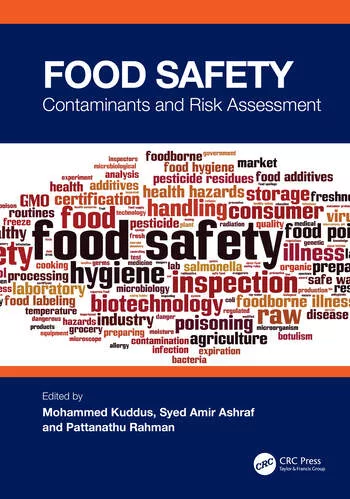EPA Designates Two Pervasive Types of PFAS as Hazardous Substances

Image credit: Steve Johnson via Pexels
Shortly following its April 2024 finalization of drinking water standards for per- and polyfluoroalkyl substances (PFAS), the U.S. Environmental Protection Agency (EPA) has designated two types of the “forever chemicals”—perfluorooctanoic acid (PFOA) and perfluorooctanesulfonic acid (PFOS)—as hazardous substances under the Comprehensive Environmental Response, Compensation, and Liability Act (CERCLA Act, also known as the Superfund Act), enabling EPA to more effectively address PFOA/PFOS contamination of the environment.
PFAS exposure has been linked to cancers, impacts to the liver and heart, and immune and developmental damage to infants and children. The public is often exposed to these toxic chemicals through drinking water or food, which can uptake PFAS from the environment. The newly published EPA final rule addresses PFOA and PFOS, which are two of the most widely used types of PFAS, and which meet the statutory criteria for designation as hazardous substances.
In addition to the final rule, EPA is issuing a separate CERCLA enforcement discretion policy that makes clear that EPA will focus enforcement on parties who significantly contributed to the release of PFAS chemicals into the environment, including parties that have manufactured PFAS or used PFAS in the manufacturing process, federal facilities, and other industrial parties. Designating PFOS and PFOA as hazardous substances under the Superfund Act allows EPA to address more contaminated sites, take earlier action, and expedite cleanups, all while ensuring polluters pay for the costs to clean up pollution that threatens the public health.
Under the rule, entities are required to immediately report releases of PFOA and PFOS that meet or exceed the reportable quantity of one pound within a 24-hour period to the National Response Center, and state, tribal, and local emergency responders. The designation of PFOA and PFOS as hazardous substances under CERCLA enables the agency to use one of its strongest enforcement tools to compel polluters to pay for or conduct investigations and cleanup, rather than taxpayers. Designation is especially important as delay in addressing contamination allows PFOA and PFOS more time to migrate in water and soil, worsening existing contamination.
The rule will be effective 60 days after it is published in the Federal Register.
Looking for quick answers on food safety topics?
Try Ask FSM, our new smart AI search tool.
Ask FSM →









